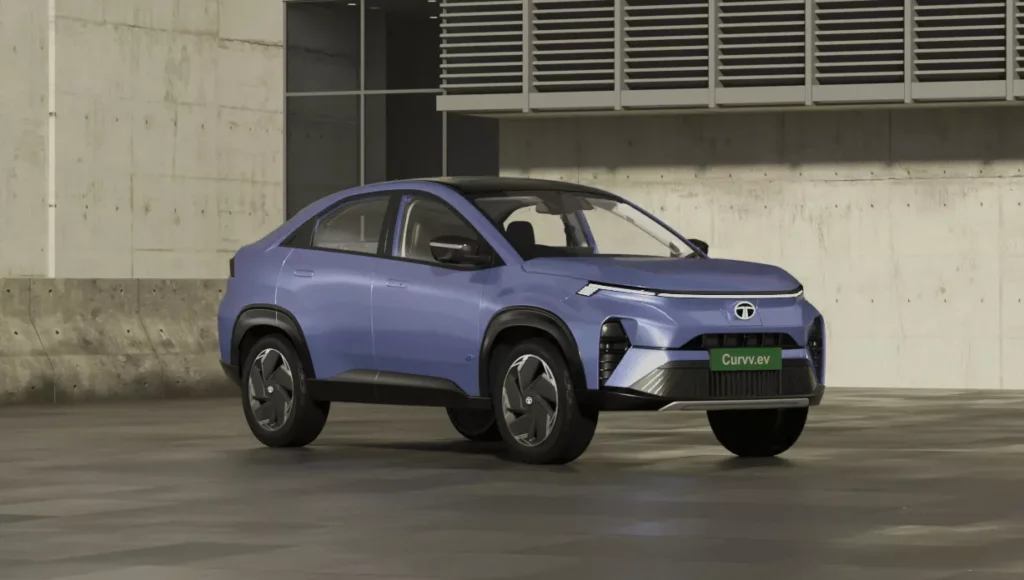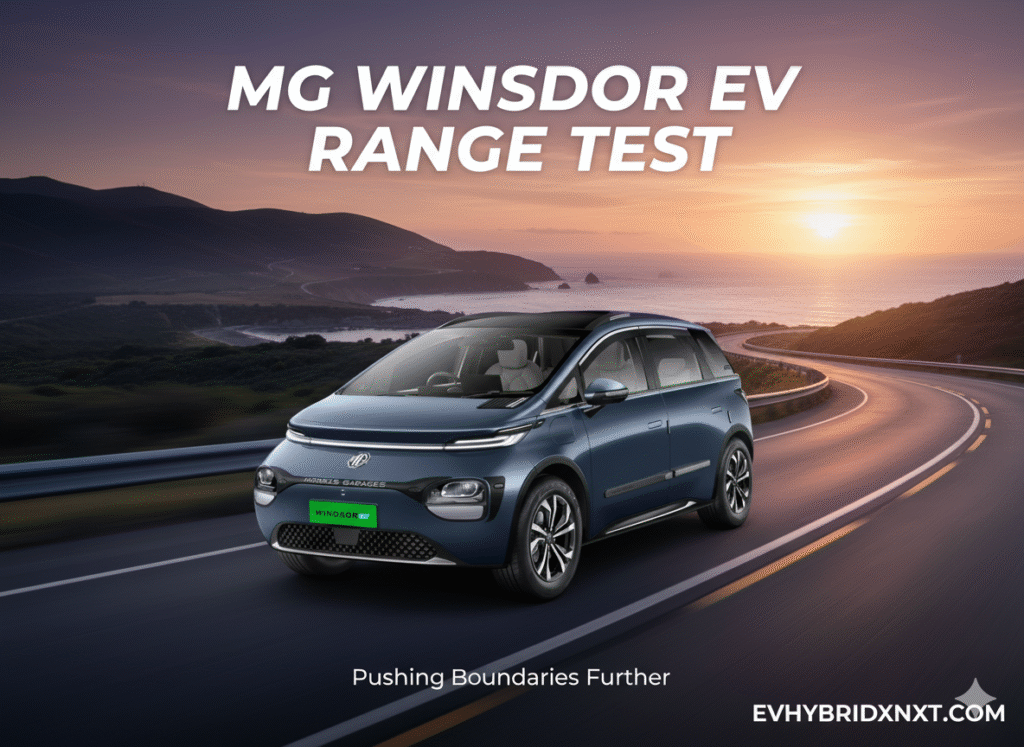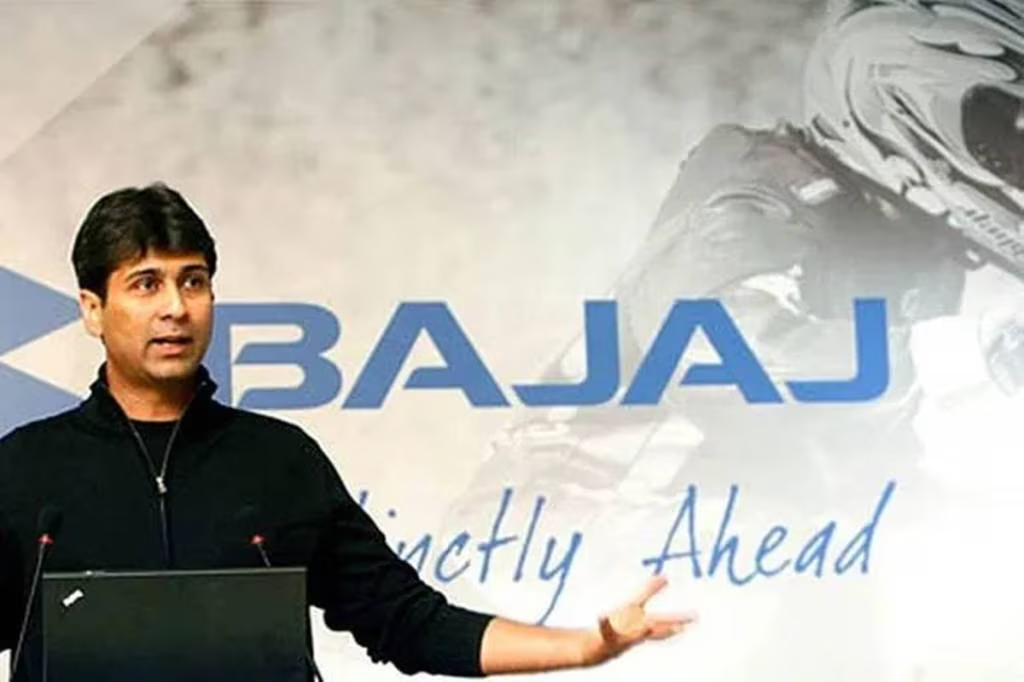Sushil Reddy, a Mumbai-based engineer and passionate advocate for sustainable mobility, has become a beacon for electric vehicle (EV) enthusiasts in India. Over the past decade, he has clocked more than 50,000 kilometers across 500+ days, traversing cities, highways, and rural heartlands in EVs. From his first groundbreaking journey in 2013 to his recent expeditions, Reddy’s experiences dispel myths about range anxiety, charging infrastructure, and EV practicality in India’s diverse terrain. His story, shared through interviews and social media, offers a real-world perspective on what EVs can truly achieve in a country racing toward 30% EV penetration by 2030. Here’s what he discovered—and what it means for India’s electric future.Sushil Reddy, a Mumbai-based engineer and passionate advocate for sustainable mobility, has become a beacon for electric vehicle (EV) enthusiasts in India. Over the past decade, he has clocked more than 50,000 kilometers across 500+ days, traversing cities, highways, and rural heartlands in EVs. From his first groundbreaking journey in 2013 to his recent expeditions, Reddy’s experiences dispel myths about range anxiety, charging infrastructure, and EV practicality in India’s diverse terrain. His story, shared through interviews and social media, offers a real-world perspective on what EVs can truly achieve in a country racing toward 30% EV penetration by 2030. Here’s what he discovered—and what it means for India’s electric future.
The Journey Begins: A Decade of EV Exploration
in 2013, when EVs were a novelty in India, Sushil Reddy, then a young engineer, embarked on a 3,000-km ride on an electric motorcycle as part of his “SunPedal” project during his IIT Bombay days. Covering Mumbai to Bengaluru and beyond, this journey was a bold experiment to test EVs in India’s nascent charging landscape. “My mind was a maze of questions,” Reddy recalls. “Will the battery hold up? Are there enough charging points? What about maintenance costs?” That trip, powered by a rudimentary e-bike, set the stage for his lifelong mission to explore and promote EVs.
Since then, Reddy has driven a range of EVs—electric scooters, cars like the Tata Nexon EV, and even prototypes—across urban hubs like Delhi, Mumbai, and Chennai, as well as challenging terrains in Rajasthan, Himachal Pradesh, and southern India. His odometer now reads over 50,000 km, amassed over 500 days of travel, with each journey revealing new insights into EV performance, infrastructure, and public perception.
Busting the Range Anxiety Myth
Range anxiety—the fear of running out of charge mid-journey—is a top concern for Indian EV buyers. Reddy’s experience paints a different picture. “In 2013, I managed 100-150 km per charge on a basic e-bike with no fast chargers,” he says. “Today, EVs like the Tata Punch EV or MG Comet EV easily deliver 250-350 km in real-world conditions.” His longest single-day drive, a 400-km Mumbai-to-Goa trip in a Nexon EV, took 10 hours with two 30-minute fast-charging stops, debunking fears of being stranded.
Reddy notes that India’s charging infrastructure has grown significantly. As of September 2025, the country has over 12,000 public charging stations, with 100,000 targeted by year-end under FAME-III incentives. Urban centers like Bengaluru and Delhi now boast 20-30 kW fast chargers every 50-100 km, while highways like Mumbai-Pune and Delhi-Jaipur are seeing 60-100 kW DC chargers. “Plan your route using apps like PlugShare or ChargeZone, and range anxiety becomes a thing of the past,” he advises. His data shows an average of 4-5 hours of charging per 1,000 km on modern EVs, with costs as low as ₹1-2 per km compared to ₹8-10 for petrol vehicles.
Real-World Mileage and Performance
Reddy’s journeys reveal EVs’ efficiency across India’s varied conditions—city traffic, monsoon-soaked roads, and hilly terrains. “In Mumbai’s stop-go traffic, my Tata Tiago EV averaged 5-6 km/kWh, giving me 250 km on a 24 kWh battery,” he shares. On highways, efficiency dips to 4-4.5 km/kWh due to higher speeds, but regenerative braking in EVs like the Hyundai Ioniq 5 boosts range by 10-15% in hilly areas like Manali.
His most grueling test was a 5,000-km loop through Rajasthan’s deserts in 2024, where temperatures hit 45°C. “The battery management systems in modern EVs are robust,” he says. “Even in extreme heat, range loss was under 10%, and air conditioning barely dented efficiency.” Reddy’s data aligns with industry trends: EVs with 40-60 kWh batteries (e.g., MG ZS EV, Tata Curvv EV) consistently deliver 300-450 km, making them viable for inter-city travel.
Charging Infrastructure: Progress and Gaps
ndia’s charging network, while expanding, remains a work in progress. Reddy’s travels highlight urban-rural disparities. “Cities like Bengaluru have chargers at malls, offices, and petrol pumps,” he notes. “But rural areas like interior Maharashtra or Uttar Pradesh often lack fast chargers.” His workaround? Using 15A household sockets for overnight charging, which adds 100-150 km in 6-8 hours on compact EVs like the MG Comet.
He praises initiatives like Tata Power’s 1,000+ fast chargers and BPCL’s highway charging corridors but urges more investment in Tier-2/3 cities. “A 60 kW charger costs ₹10-15 lakh to install,” Reddy explains. “Government subsidies are helping, but we need 5x more stations for seamless long-distance travel.” His journeys also highlight the rise of community charging—hotels and cafes offering sockets to EV travelers, a trend he expects to grow.
Cost and Maintenance: EVs Win Big
Reddy’s data underscores EVs’ economic edge. Over 50,000 km, his maintenance costs were negligible—₹10,000-15,000 for battery checks and software updates, compared to ₹50,000+ for ICE vehicles. Running costs averaged ₹1.5/km on home charging (₹8-10/kWh) versus ₹10/km for petrol cars at ₹100/liter. “Even with public fast chargers at ₹20/kWh, EVs are 50-60% cheaper to run,” he says.
His Nexon EV’s 40.5 kWh battery, charged at home, costs ₹400-500 for a full charge, delivering 350 km—equivalent to ₹30-40/liter petrol. FAME-III subsidies (₹10,000/kWh) and state waivers on road tax further sweeten the deal, making EVs like the Tiago EV (₹8-12 lakh) more accessible than ever.
Challenges and Lessons
Despite his optimism, Reddy acknowledges hurdles:
- Rural Reach: Limited chargers in non-urban areas force reliance on slow charging, extending trip times.
- Upfront Costs: EVs remain pricier than ICE counterparts (e.g., Tata Punch EV at ₹10 lakh vs. ₹7 lakh for petrol), though subsidies help.
- Battery Longevity: Reddy’s oldest EV, a 2018 model, retains 85% battery health after 30,000 km, but public awareness about longevity needs boosting.
His key lesson? “Education is critical. People fear EVs are fragile, but I’ve driven through monsoons, dust storms, and potholes—EVs are tougher than you think.” He advocates for test drives and awareness campaigns to dispel myths.
Impact on India’s EV Future
Reddy’s journeys, chronicled on X and in talks at events like Bharat Mobility Expo 2025, have inspired thousands. Posts from July 2025 highlight his 10,000-km coastal EV ride, sparking discussions on charging apps and cost savings. His data aligns with India’s EV push: sales hit 1.2 lakh units in 2025’s first eight months, with Tata (40% share), MG, and BYD leading. Upcoming launches like Maruti’s e-Vitara and Hyundai’s Creta EV will further fuel adoption.
Reddy’s verdict: “EVs are ready for India—city or highway. With planning, you can go anywhere.” His 50,000-km odyssey proves EVs aren’t just viable but transformative, offering a blueprint for sustainable travel in a nation poised for an electric revolution.
Note: For real-time EV travel tips or to follow Reddy’s adventures, check X or his SunPedal project updates.



